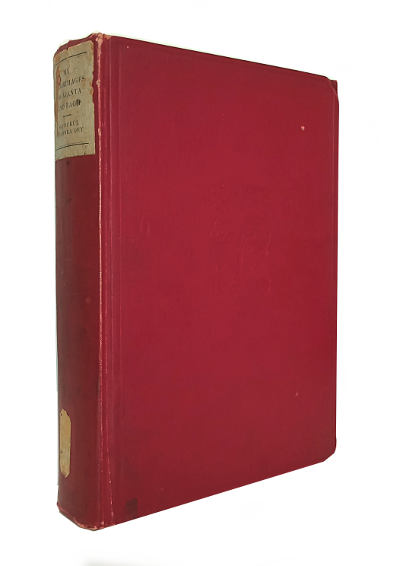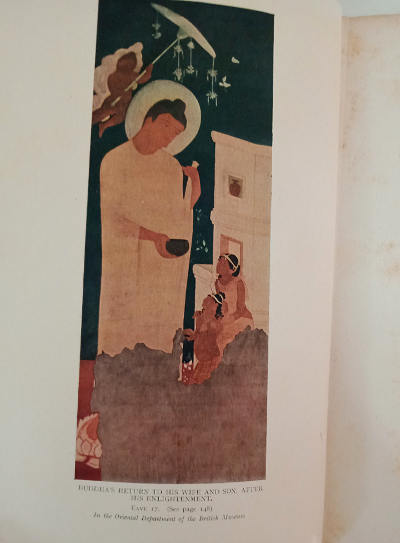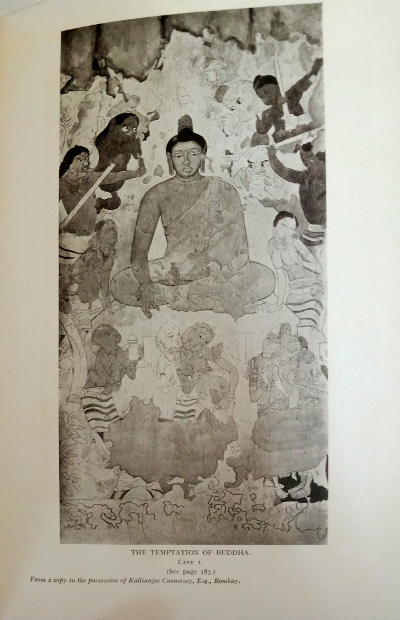The first general-audience book about the Ajanta Caves in Maharashtra, India, a magnificent complex Buddhist cave temples and monasteries which are some of the earliest Buddhist monuments ever built. The author, an artist, stayed at Ajanta for about half a year, reproducing many of the paintings and frescoes found of the walls of these caves. He also made a trip to Bagh, which was reputed to have similar cave temples, only to find them too ruined to paint. This book is an account of his experiences at Ajanta and Bagh, with descriptions of the caves, their architecture, and the art, with explanations of the Buddhist stories and episodes depicted in the paintings. There are numerous in-text illustrations and black-and-white plates in the book. Some are photographs of Ajanta, and others are reproductions of the paintings.
About Ajanta (from Wikipedia):
The Ajanta Caves are approximately 30 rock-cut Buddhist cave monuments which date from the 2nd century BCE to about 480 CE in Aurangabad district of Maharashtra state of India.The caves include paintings and rock-cut sculptures described as among the finest surviving examples of ancient Indian art, particularly expressive paintings that present emotions through gesture, pose and form.
The Ajanta Caves constitute ancient monasteries and worship-halls of different Buddhist traditions carved into a 75-metre (246 ft) wall of rock. The caves also present paintings depicting the past lives and rebirths of the Buddha, pictorial tales from Aryasura’s Jatakamala, and rock-cut sculptures of Buddhist deities. Textual records suggest that these caves served as a monsoon retreat for monks, as well as a resting site for merchants and pilgrims in ancient India. While vivid colours and mural wall-painting were abundant in Indian history as evidenced by historical records, Caves 16, 17, 1 and 2 of Ajanta form the largest corpus of surviving ancient Indian wall-painting.
The Ajanta Caves are mentioned in the memoirs of several medieval-era Chinese Buddhist travellers to India and by a Mughal-era official of Akbar era in the early 17th century. They were covered by jungle until accidentally “discovered” and brought to Western attention in 1819 by a colonial British officer Captain John Smith on a tiger-hunting party.





